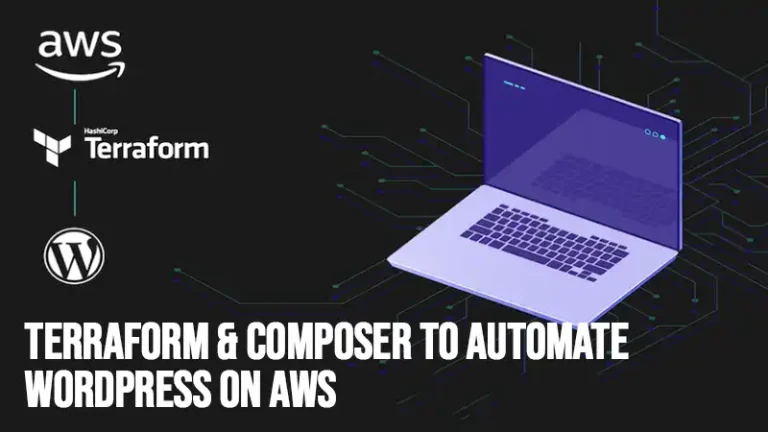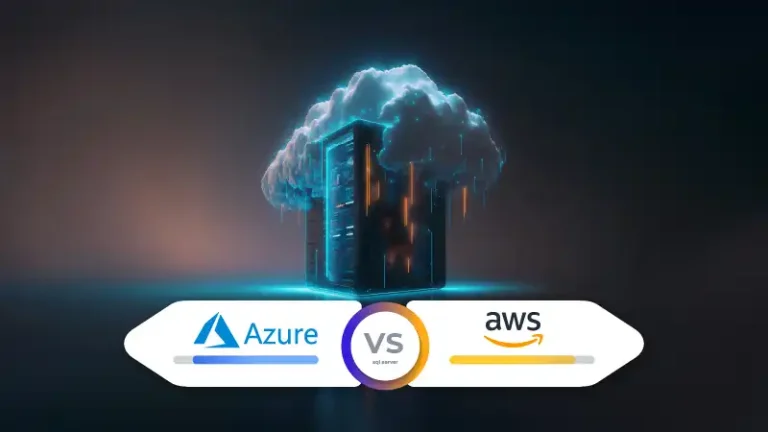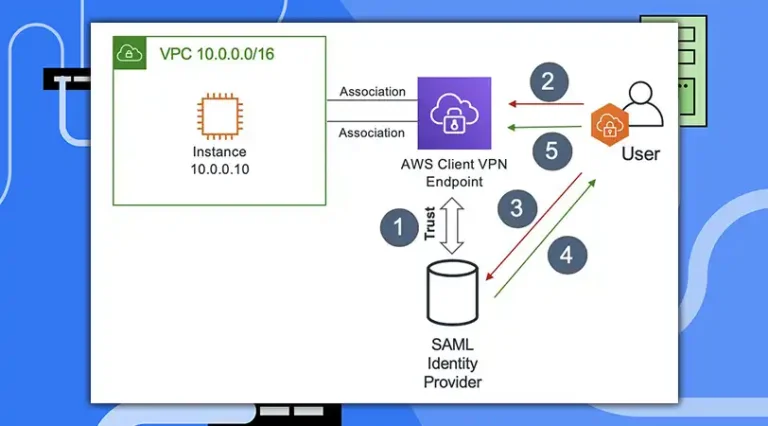Does Amazon Eat Its Own Dog Food (Ahem…) Or Drink Its Own Champagne?
I was flipping through the AWS Reddit channel and found this excellent presentation from RE: Invent by Laura Grit. She’s in charge of Amazon Retail and worked very closely with teams on migrating to AWS. She goes in-depth on what that cost in terms of development, what it saved in terms of unused capacity, and surprisingly operational headaches.
Laura’s a great speaker. I was surprised to find that Amazon’s Retails migration was similar to many of the customers I’ve worked with in New York. Often, they take a hybrid approach where Direct Connect is key, allowing them to move over in a measured way.
What’s more she talks about how EC2 instances have different performance characteristics & applications typically need to be tuned for that world.
I learned a lot more, here are the highlights…

Hybrid Cloud Was Key
Around 11:00 in the video she talks about AWS Direct Connect & VPC. These two technologies allow you to leverage AWS as a hybrid cloud, connecting to your existing datacenter. Scale elastically, but migrate in steps.
For example, Amazon Retail did only a webserver fleet in isolation.
Also: Is Amazon too big to fail?
Excite Business & Developers Both
Around 18:20 …
“Moving the webserver fleet not only got the business excited about the cost savings & our ability to scale linearly, but also got developers excited about the operational load decrease that they had to burden.
Once benefits of this were shown to the rest of the company it actually jump started a wave of migrations to ec2 from inside amazon retail. And we found from a program perspective this is important. To find early migrations that benefit both the business & the developers because then they are both working together to figure out how to move their services to AWS.”
And she also pointed out an interesting bit abaout cultural change…
“You may choose to not migration the simplest service from inside your company, but instead one that will create a cultural change in the company & force more migrations automatically to AWS.”
Related: Are SQL Databases dead?
Expect Application Changes
Flip through to 27:47 and she talks about application changes for the new environment of the cloud.
“Don’t expect migrations to require no changes to your applications…
The webserver fleet was not lift & shift”
Also: Why Dropbox didn’t have to fail
Cloud Not a Panacea
Fast forward over to 37:10 and you’ll hear Laura talk about technical debt. That’s big.
“The cloud is not a universal panacea. It can’t coverup for messy engineering practices.
An example of this is availability. Design for failure is a fundamental design principle of amazon.”
Conclusion
The moral of the story is, an Amazon Retail executive spoke at AWS RE: Invent about their migration to AWS. They used a hybrid approach with Direct Connect and VPC, allowing them to migrate in steps. Moving the webserver fleet got both the business and developers excited. It leads to a wave of migrations to EC2. Expect application changes when migrating to the cloud and keep in mind that it’s not a universal solution for technical debt.





![[Answered] Does Stopped EC2 Instance Cost Money?](https://www.iheavy.com/wp-content/uploads/2023/09/Does-Stopped-EC2-Instance-Cost-Money-768x432.webp)
